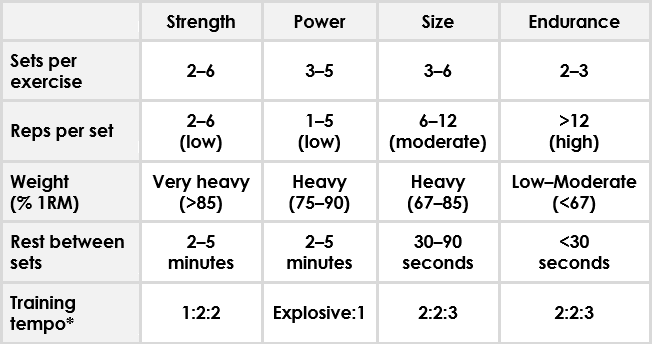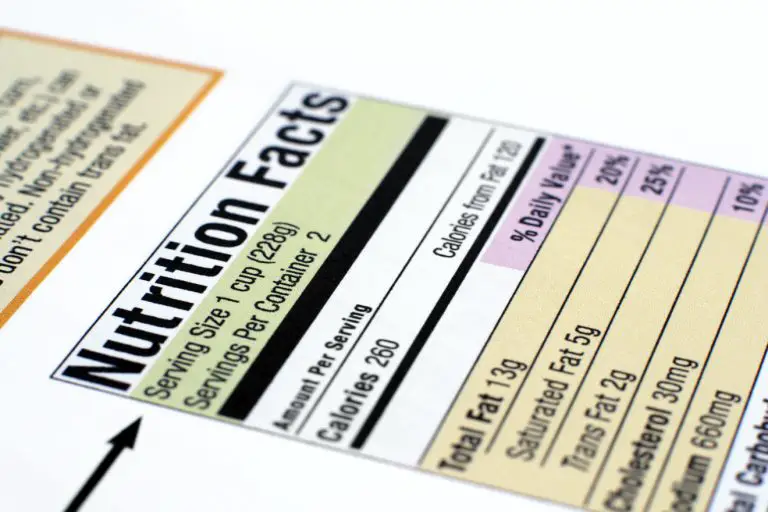How to progressively overload to achieve different goals
Key takeaways
- Progressive overload is the gradual increase of muscular stress designed to promote continual muscular development
- Depending on your goal (strength, power, size, endurance), progressive overload involves increasing the amount of weight you use while meeting other training requirements, such as increasing the volume of your training or resting for a shorter period of time between sets
- It’s important to never rush progression, as this can compromise your form and lead to injuries
What is progressive overload?
Progressive overload is a gradual increase in stress designed to stimulate continual muscular development. By slowly increasing the difficulty of your workouts over time, you can ensure that you’re continuing to make progress toward your fitness goal.
Muscles have four fitness-related properties:
- Strength
- Power
- Size
- Endurance
Each property is developed by following different programming guidelines (Table 1). Therefore, the method of progressive overload you should use will depend on what property you are trying to develop. The method may involve either increasing weight, increasing volume, decreasing the amount of time you rest between sets, or using a combination of these tactics.

1. Increase muscular strength
When it comes to gaining strength in the gym, progressive overload mainly involves gradually increasing how much weight you lift. The amount of weight you lift should be such that you should be able to squeeze at least 2 reps per set, but you should not be able to perform more than 6 reps per set. When you can do more than 6 reps per set with that amount of weight, it’s time to increase the amount of weight just enough so that you can squeeze at least 2 reps again. Before you increase the amount of weight, you should also be able to complete 6 sets per exercise while resting for 2 minutes between sets. All reps must be done using the optimal training tempo of 1:2:2.
2. Boost muscular power
Power is about how quickly you can lift a weight, not how much weight you can lift. It is a measure of explosiveness.
To improve your power, focus on performing 1 to 5 reps in good form, strictly sticking to the optimal training tempo of explosive:1. When you’re able to perform more than 5 explosive reps with proper technique, increase the amount of weight just enough to be able to perform at least 1 rep in good form again. Before you increase the weight, you should also be able to complete 5 sets per exercise while resting for 2 minutes between sets.
3. Build muscle mass
As with increasing power, if your primary fitness goal is to build muscle, your focus should be on gradually increasing the amount of weight that you lift. However, the parameters that you follow, as outlined in Table 1, will be different.
The amount of weight that you lift should be such that you can squeeze at least 6 reps per set, using the optimal training tempo of 2:2:3. You must not be able to perform more than 12 reps per set with that amount of weight. When you can do more than 12 reps per set with that weight, you should increase the weight just enough so that you can squeeze at least 6 reps again. Before you increase the weight, you should also be able to complete 6 sets per exercise while resting for only 30 seconds between sets.
4. Improve muscular endurance
Endurance is about sustaining an exercise for an extended period of time.
If your fitness goal is to build muscle endurance, you should perform more than 12 reps per set. A reasonable number is 15 to 25, all completed using the same training tempo as for building muscle (i.e. 2:2:3). When you can do more than 25 reps per set, increase the amount of weight just enough so that you can squeeze at least 15 reps again. Before you increase the amount of weight, make sure that you can perform at least 3 sets while resting for less than 30 seconds between sets.
Progress isn’t always linear
No matter what your training goal is, following the guidelines above will help you to achieve it. That said, it is important to remember that you should never rush progress. If you find yourself struggling and your form being compromised, you should reduce the weight because you’ve likely progressed too fast.
To learn more about how to develop different muscle properties, see How many sets and reps should you do?, in the Weight Training Guide.







